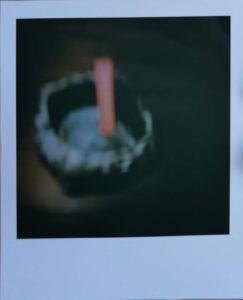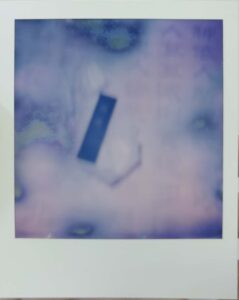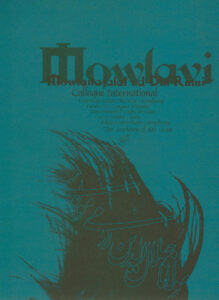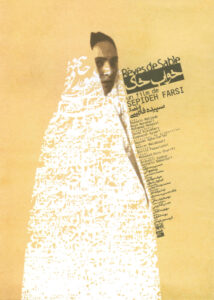Artists Research
A droplet in a hand(2019)
Masao Yamamoto




The works displayed by Masao Yamamoto meticulously capture the natural things that everyone sees in daily life, such as familiar animals, plants and landscapes, and small things that may be overlooked.
“A droplet in a hand” is a series of photos of bonsai, which can be said to be the traditional beauty of Japan. In a small pot, a bonsai that can only survive with human hands and water is placed in the magnificent scenery at the foot of Yatsugatake and Mount Fuji. The title “A droplet in a hand” was created by Yamamoto, and it is based on the Zen concepts: “The universe also exists in a drop of dew”. Yamamoto’s photos and bonsai are all works squeezed out of human hands when they face nature. There is a world that pursues the beauty of mankind, art works and nature. Moreover, the universe is condensed in the miniature symbolized by small bonsai, and its essence is expressed by the unique word “a droplet in a hand”. Whether it is the bonsai itself or the photos of Masao Yamamoto, when facing nature, they seem to want to jump out of human hands. There exists a world where people, creation, and nature pursue ultimate beauty.
In Taoism, the similar philosophy theory is called “道生一(Tao sheng i)”: Tao engenders One, One engenders Two, Two engenders Three, Three engenders the ten thousands things. The ten thousand things carry shade. And embrace sunlight. Shade and sunlight, yin and yang, Breath blending into harmony.



I like the way to use an obscure metaphor to explain a religious concepts. I had taken several photos about solid ink and white wine. They are both made in really complicated ways and themselves also can be art works. Alcohol inspired artists to create more art works and solid ink is one of the most significant tools. They create art; art exists in them and themselves are also art.


Reza Abedini
In Eastern culture, writing possesses mysticism and supernatural power. The Egyptians believed that in their hieroglyphs there was a sacred gate to the secrets of the world. They believe that through words and images they can create immortal life, and their words and images have inherent eternal life and magic. The Sumerians left a deep impression on the clay sculpture, not only because it was a rich and easy-to-use resource in Mesopotamia, but also because the act of writing in clay was part of their mythological creation. Kind of ritual embodiment. They believe that clay is the origin of life, and humans are created from a few soils. The Chinese believe that every brushstroke is the soul and the carrier of the universe. In religion, sometimes the visual elements of calligraphy are used to enable readers to understand the exact meaning beyond the text itself, thereby gaining enlightenment from the gods. However, I do not like Abedini’s works, colors and compositions of photos make me feel uncomfortable and nervous. His works provide a way to understand why writing and calligraphy are significant in religions and the way to transfer these relationships in visual ways.

Monika Lin, ‘Ten Thousand’, 2012 Courtesy of the artist.
Shanghai- based American/Chinese artist Monika Lin, she wrote the character for ‘rice(米)’ 10000 times. Her work explores the beauty and simplicity of the script and the meaning of rice, but also satirically commented on the romanticization of Chinese history. Farmers who produce rice must pay taxes on rice, but they cannot afford it: their labor supports the literati’s cultural pursuit of painting and calligraphy, writing poetry, and studying gardens. The result of her work is 833 sheets of paper with the character engraved on it. The artist’s careful placement of each piece of paper on the gallery floor is physically challenging, so that some observers seem to be different from the hard work of growing rice. Her work also provides an offensive antithesis to Lin Zheng’s fashionable re-examination of pre-revolutionary China, which is regarded as a form of Orientalism. However, I do not like her work at all.




Recent comments